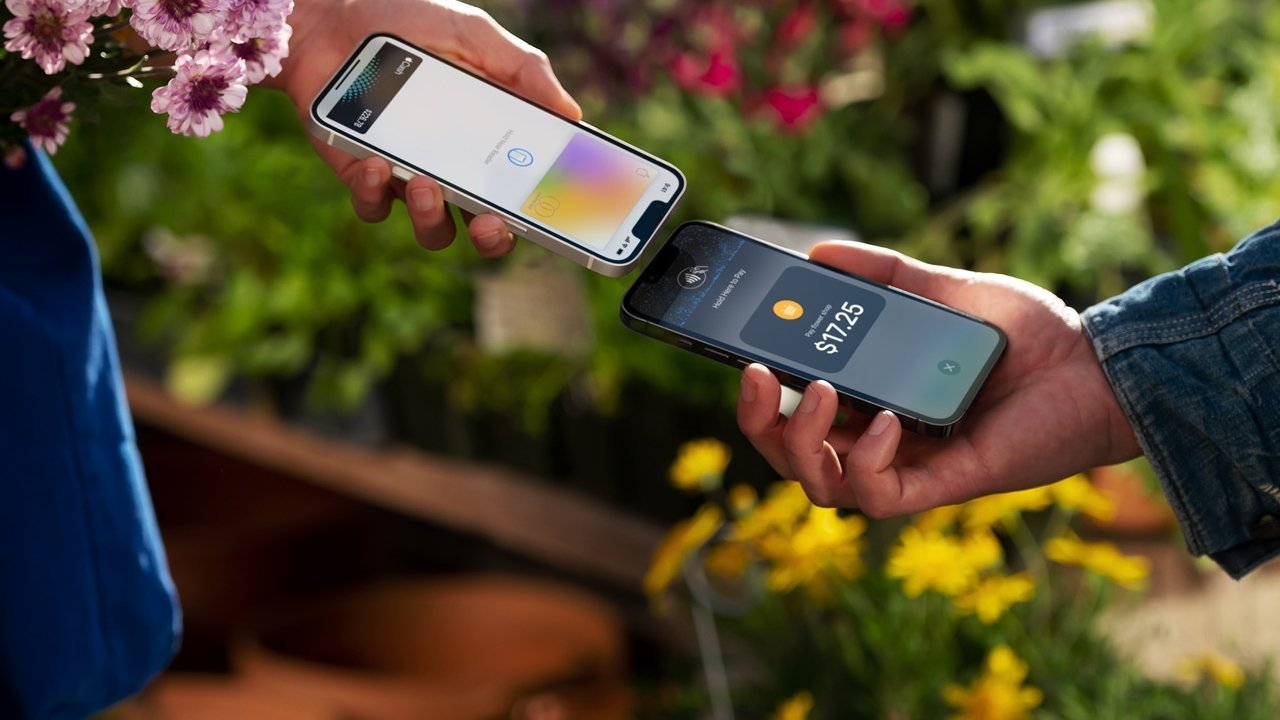How to not get taken for $1000 by Apple Pay scammers
There's no denying that Apple Pay is a convenient way to make purchases -- but its ease of use also means it's an easy way to get scammed. Here's how you can avoid it, and what to do if it happens.

Tap to Pay on iPhone
TikToker Hanna (@mamaahannaa) thought she was doing a good deed by helping two men raise money for their community college. Unfortunately, she just fell victim to a new kind of scam.
In a now-viral video, Hanna talks about how she was shopping at Target when two young men approached her, selling chocolates to raise money for their Christian community college. Hanna decided to buy $10 worth of chocolates to support the cause.
Hanna had brought up the Apple Pay feature on her phone to buy the chocolates when one of the young men tapped his phone on hers rather than allowing her to initiate the transaction.
Hanna asked for a receipt when the boys began immediately apologizing. Apparently they'd "accidentally" charged her $975, a number that isn't particularly close to $10.
"At this point, I still wanted to believe him because he seemed very apologetic, and I was very naive," Hanna said in a follow-up video. "I had had a very long day, and I didn't wanna have to deal with this right now."
Hanna contacted Apple Pay support after the transaction, hoping it would be resolved quickly. However, Apple told her they didn't have enough evidence to prove that she didn't intend to pay the listed amount.
Afterward, she contacted Goldman Sachs, the bank associated with the Apple Card, and was told it could take up to three months to solve the dispute.
Sure, it's easy to point fingers and assume that it would never happen to you. These scams often rely on targeting people who are in a rush but still want to help.
And, as The Daily Dot points out, you don't even need to be directly approached by a scammer for it to happen. Scammers can hover near point-of-service terminals at crowded events, like music festivals, and swoop in to "steal" tap-to-pay transactions.
Still, it's worth keeping vigilant, especially as we're likely to see an increase in these sorts of scams as tap-to-pay becomes more widespread. Whenever you're asked to pay with a tap-to-pay, ensure you can see the transaction amount before double-clicking to bring up Apple Pay.
When in crowded places, like festivals, fairs, or concerts, avoid calling up Apple Pay early. Tap-to-pay uses near-field communication (NFC) chips, which have a distance of about four inches. Wait until you're hovering your device over a trusted contactless payment point to initiate payment.
And, if you get scammed, reach out to the bank in question. While Apple may make your iPhone, they don't have any control over how you use it.
Your bank or credit card issuer, on the other hand, does have a say in where your money goes.
Read on AppleInsider

Comments
Everywhere else in the known universe they require a PIN.
The notion of entering a PIN defeats the very aim of making Tap to Pay convenient to use, though the value of a single tap to pay transaction using a card is limited to £100, and other countries probably have similar limits. The PIN is required only for transactions above that amount or for occasional “spot checks” by the card issuing financial institution.
”Tap to Pay” with Apple Pay is different as the user is verified by their device, allowing a higher value to be tapped, usually the retailer’s floor limit.
Which totally kills the convenience of tap to pay. PINs are usually a ridiculous waste of time. I hate when merchants require a PIN for small debit purchases. One store I like even requires a PIN for debit purchases through Apple Pay. Annoying, but I am glad they accept Apple Pay. Never had a credit card require a PIN. Almost as useless as the old days when they required a signature. If my credit card is stolen or missing, I would know and it is my responsibility to report it and limit my liability.
This is a cautionary tale and learning moment for those less savvy, like me — when approached by some supposedly representing a cause you'd like to contribute to or just make an impulse buy of a chocolate bar – wait to see the screen of the "merchant" before even opening your Wallet.
What did she supposedly get for her $975? She thought she was getting one bar for $10 (or maybe $9.75?) and was billed for 100 bars? Or was it a $10 donation and a complimentary gift?
The nature of the purchase could/should make a difference in the time it takes to process a chargeback. I hope there's some followup available when it happens.